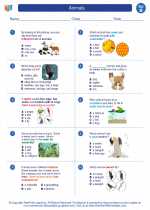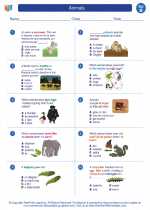Carbohydrates
Carbohydrates are one of the main macronutrients that provide energy for the body. They are composed of carbon, hydrogen, and oxygen atoms, and are found in a wide variety of foods including fruits, vegetables, grains, and dairy products.
Types of Carbohydrates
There are three main types of carbohydrates:
- Simple Carbohydrates: These are sugars that are quickly absorbed by the body. They are found in foods such as fruits, honey, and table sugar.
- Complex Carbohydrates: These are made up of long chains of sugar molecules and are found in foods such as whole grains, beans, and vegetables.
- Fiber: This is a type of carbohydrate that the body cannot digest. It is found in foods such as vegetables, fruits, and whole grains, and is important for digestive health.
Functions of Carbohydrates
Carbohydrates serve several important functions in the body:
- Energy Source: Carbohydrates are the body's primary source of energy, especially for the brain and muscles.
- Regulating Blood Glucose: Carbohydrates help regulate blood sugar levels and prevent hypoglycemia (low blood sugar).
- Digestive Health: Fiber, a type of carbohydrate, helps maintain a healthy digestive system and prevents constipation.
Recommended Intake
The recommended intake of carbohydrates varies depending on age, sex, and activity level. In general, carbohydrates should make up about 45-65% of total daily calories.
Study Guide
Here are some key points to remember about carbohydrates:
- Identify the three main types of carbohydrates and give examples of foods that contain each type.
- Explain the functions of carbohydrates in the body, including their role as an energy source and their impact on blood glucose levels.
- Understand the importance of fiber in the diet and its role in digestive health.
- Be familiar with the recommended intake of carbohydrates and how it varies based on individual factors.
Remember to include a variety of carbohydrate sources in your diet to ensure adequate energy and nutrient intake.
.◂Science Worksheets and Study Guides Second Grade. Animals
Study Guide Animals
Animals  Activity Lesson
Activity Lesson All About Animals
All About Animals  Worksheet/Answer key
Worksheet/Answer key Animals
Animals  Worksheet/Answer key
Worksheet/Answer key Animals
Animals  Worksheet/Answer key
Worksheet/Answer key Animals
Animals  Worksheet/Answer key
Worksheet/Answer key All About Animals
All About Animals  Vocabulary/Answer key
Vocabulary/Answer key Animals
Animals 

 Activity Lesson
Activity Lesson
 Worksheet/Answer key
Worksheet/Answer key
 Worksheet/Answer key
Worksheet/Answer key
 Worksheet/Answer key
Worksheet/Answer key
 Worksheet/Answer key
Worksheet/Answer key
 Vocabulary/Answer key
Vocabulary/Answer key

The resources above cover the following skills:
LIFE SCIENCE (NGSS)
Ecosystems: Interactions, Energy, and Dynamics
Students who demonstrate understanding can:
Plan and conduct an investigation to determine if plants need sunlight and water to grow.
Biological Evolution: Unity and Diversity
Students who demonstrate understanding can:
Make observations of plants and animals to compare the diversity of life in different habitats[Clarification Statement: Emphasis is on the diversity of living things in each of a variety of different habitats.] [Assessment Boundary: Assessment does not include specific animal and plant names in specific habitats.]